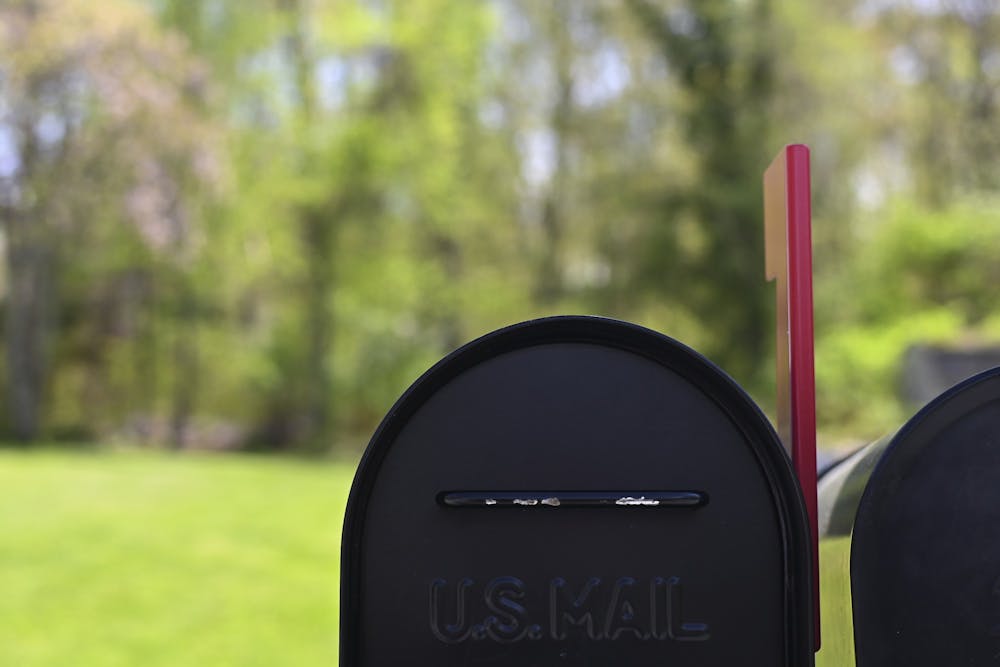In an effort to slow the spread of the COVID-19 pandemic and uphold social distancing mandates, Pennsylvania delayed its primary from April 28 to June 2 and encouraged voters to vote by mail. With the 5 p.m. EDT May 26 deadline for mail-in and absentee ballot applications fast approaching, this is how voters can apply.
In October, Governor Tom Wolf signed Pa. Act 77 of 2019 into law. The historic election reform bill most notably allowed registered Pennsylvania voters to both cast their ballot from home and submit their ballot up until 8 p.m. on the day of the election. With the reform bill, voters no longer have to provide a justification for being unable to physically go to a polling center.
Voters with Pennsylvania identification
While all Pennsylvania voters can apply for a mail-in or absentee ballot, only those with a valid Pennsylvania driver’s license or photo I.D. from the Pennsylvania Department of Transportation can do so online.
Former Penn Leads The Vote Director and 2019 College and School of Social Policy and Practice graduate Benjamin Oh said this stipulation “disproportionately affects college students who want to have positive impacts and represent the communities they live in nine months out of the year, interact with, and work to benefit.” He said many college students who have registered to vote in Philadelphia do not have Pennsylvania identification.
Voters without Pennsylvania identification
For those who do not have Pennsylvania identification but are still registered to vote in the state, the process cannot be completed using the online form. Voters must print, fill out, and mail a paper ballot request form to the Philadelphia election office, located at 1400 John F. Kennedy Blvd.
The form is five questions long and asks for voters' name, birthday, social security number, address where they registered, and address where they want to receive the ballot.
RELATED:
Despite Biden's youth vote struggles, Penn Dems hopes the left will unite come November
Pa. to upgrade voting machines for accuracy, prompting concerns about costs and turnout
Students present success of Penn's voting engagement groups at Trustees committee meeting
Once the form is processed and approved, the Department of State will send the mail-in ballot to the address requested. Voters must then fill out the form and mail it back to the election office, where it must be received by 8 p.m. EDT on June 2. Voters can track the status of their ballot throughout the entire process on the Department of State’s status page.

Voters looking to cast a ballot in person
For citizens who opt to vote in person, polling locations are posted on the Department of State’s poll locator page. In light of the pandemic, Philadelphia will have nearly 80% fewer polling places for the 2020 primary, and many voters' locations have changed. While the city had more than 830 polling locations during the November 2019 election, City Commissioners plan to approve just 188 locations for the June 2 primary.
For voters whose polling place in the last election was the Iron Gate Theatre, Vance Hall, or Division 3 of The Arch Building, the location has been changed to Robeson High School. For voters whose polling place was previously the Civic House, the location is now Comegys School. For students whose polling place was previously Harrison College House, Harnwell College House, or Division 19 of The Arch Building, the location has been changed to Houston Hall.
Oh said he was impressed by the improvements to increase voting accessibility, but said comprehensive online voting with fewer restrictions is important to ensure no voter is barred from participating in the democratic process, especially amid the pandemic.
“Ultimately, democracy only operates when there’s access to voting for everyone,” he said. “The more prepared people are for local, active, democratic, community engagement, the more informed our decisions, the decisions of other people, and the decisions of our elected officials will be."









